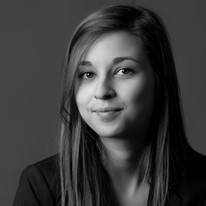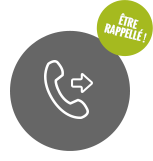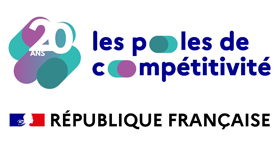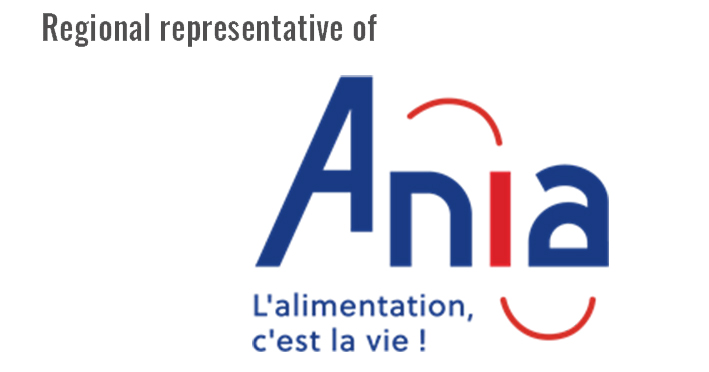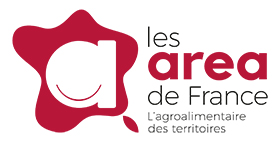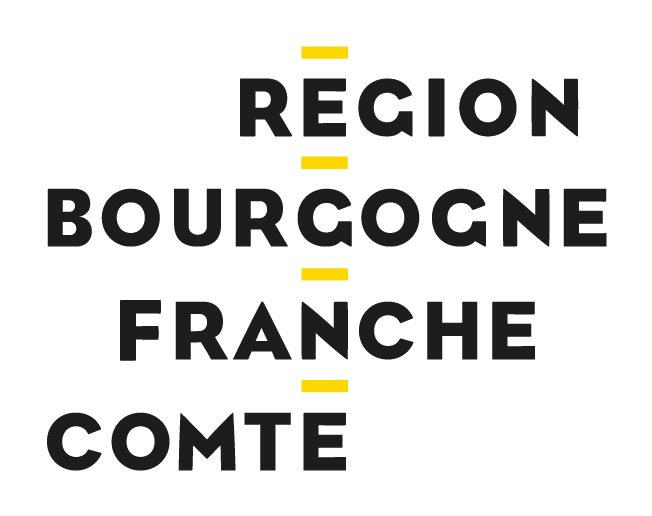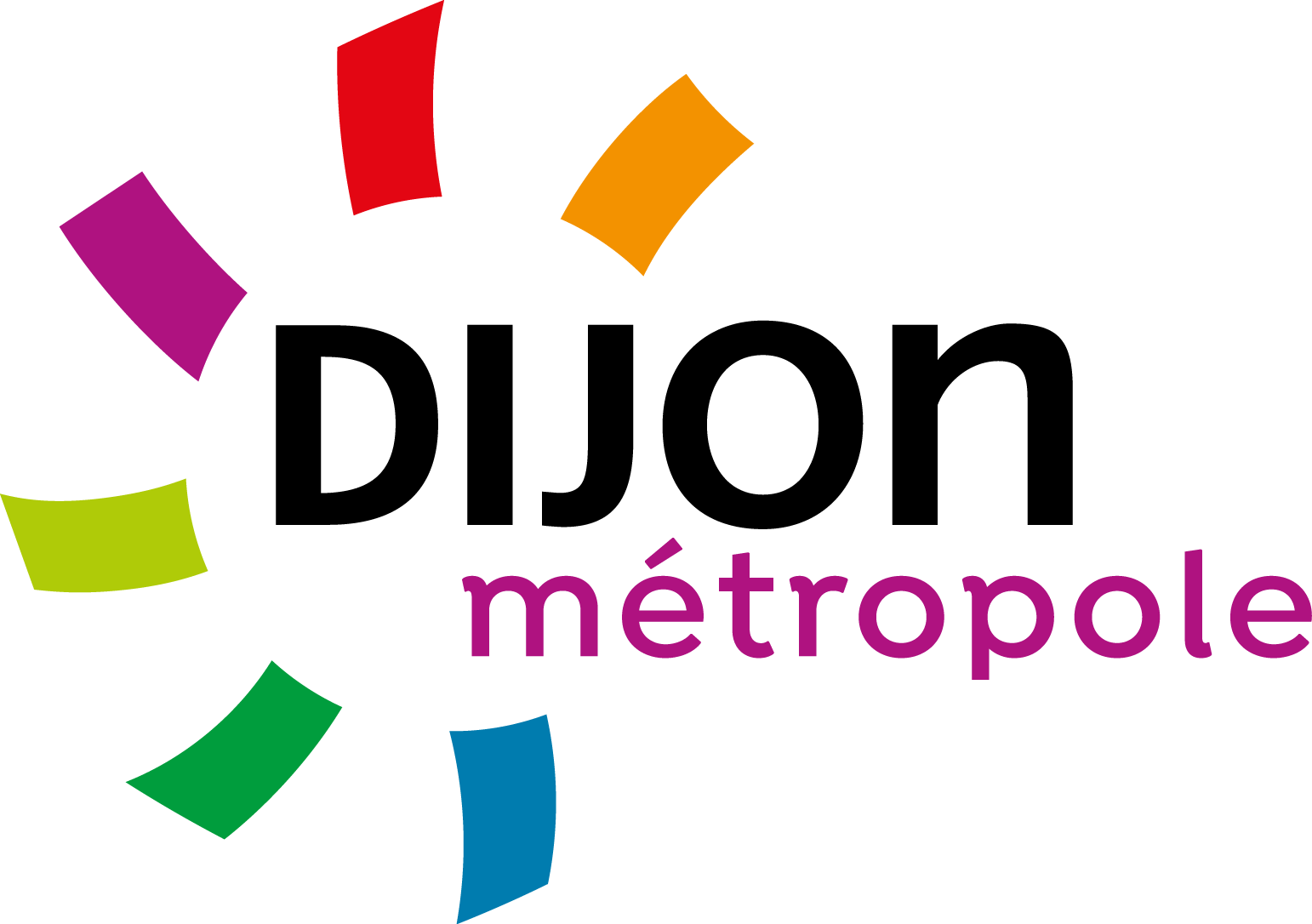14 February 2019 / The experts of the Vitagora ecosystem / Vitagora publication / Science and technologies
Using digital olfaction for reliable aromatic processes
This article is also available in French:
 The sensory properties of food products - particularly taste and smell - can be altered, modified and disturbed. How can you ensure that the sensory properties of your product will be the same in a week, in a month, in a year? Digital olfaction, a technological innovation, is taking hold and proving to be useful in the food industry. How is it used? What are the benefits?
The sensory properties of food products - particularly taste and smell - can be altered, modified and disturbed. How can you ensure that the sensory properties of your product will be the same in a week, in a month, in a year? Digital olfaction, a technological innovation, is taking hold and proving to be useful in the food industry. How is it used? What are the benefits?
Why this should interest you
- Designed by Aryballe, the artificial nose NeOse is a breakthrough innovation based on patented technologies developed by INAC (institute of nanoscience and cryogenics).
- The digitisation of sensory analysis makes it possible to collect objective and measurable values.
- The creation of a digital olfactory division means companies will be able to reliably and effectively manage the sensory properties of food products.
The artificial nose is a scientific puzzle that has been studied since 1914, and was ultimately solved in the 1980s by the gas industry for monitoring dangerous and sometimes odourless gases. Unlike light or sound that use physical senses, smell is a chemical sense. The nose has a multitude of sensors that detect volatile chemical molecules. When odour molecules come into contact with olfactory receptors, nerve impulses are sent to the brain as a pattern of activated sensors. This neurological process is extremely complex but it is possible to reproduce it artificially. Read on to learn more...
Technological innovation raises important questions. Why use an artificial nose in the food industry when professional “noses” are available to analyse odours? The production of our olfactory receptors, responsible for odour perception, is encoded in our DNA. Each one of us has a unique set of sensors. From one individual to another, sensitivity to smells is not the same, even in professional “noses”. Each member of a panel of testers will give a fair but subjective answer thanks to their unique sets of receptors.
Areas of application for olfactory sensory analysis are wide-ranging for the food industry. They include quality control, reproducing an aroma or a perfume, controlling a product’s sensory evolution, identifying product maturity and more. Tristan Rousselle, doctor of biology and co-founder of Aryballe, tells us about this new technology and applications in the food industry.
Tristan Roussel
From biotechnology to digital olfaction
After completing a PhD in biology and a thesis in biotechnology, Tristan Rousselle became an entrepreneur and co-founded Aryballe Technologies in 2014 with Thierry Livache, scientific director and former research director at the CEA, Sam Guileumé, businessman and specialist in the sensor industry, and Delphine Pau, chief administrative and financial officer. The Aryballe Technologies team are now experts in sensory analysis (odours, aromas, and fragrances), especially for the food industry. Aryballe is a multidisciplinary team composed of sensor experts, an industrialisation specialist and experts in chemistry and software development.
Aryballe Technologies
Aryballe develops and manufactures bio-inspired sensors for digital olfaction applications. After four years of development, the first universal odour sensor for professionals, NeOse Pro, was born. Aryballe Technologies supports their customers by adapting and offering tailor-made solutions. Services include providing measuring instruments, support, training in sensor use, software, access to a comprehensive database and the sale of consumables.
The food industry has flair
Aryballe provides a wide range of services to the food industry such as reproducing aromas and understanding and limiting the transfer of odours from packaging. They even go into the field with farmers, helping to identify the average maturity time for different varieties of fruit.
Production in the food industry: accurately copying the strawberry aroma
"A client wants to reproduce the aromas of strawberries. Using digital olfaction, the references for strawberry aroma can be entered to compare the results of each new batch. Our system can even observe detailed olfactory differences, sometimes not even detectable by experts," Tristan explains.
Reducing plastic odours in packaging
“There is a strong push to understand the interaction between packaging and product in the food industry, particularly odour transfer," Tristan says. Plastics are composed of molecules that can migrate to a food matrix under certain conditions, for example when heated. "To study this, we placed sensors in a production plant. We analysed finished products before and after being packaged to compare indexes. This showed whether the packaging produced an odour that was transferred to the product," he explains, as an example of the application.
Farming: tracking fruit maturity in the field
If we go up the production line, applications abound for the agriculture sector. "We carried out another study to track fruit maturity in the field," Tristan explains. Some fruits show maturity by changing colour, whereas others release a particular odour. But it is still not always clear when to harvest. "We placed plastic bags around fruit to create a balanced atmosphere between the ambient air and the amount of fragrant molecules. We then measured and compared results for ripe and non-ripe fruit to determine the reference value for harvesting. This type of result also makes it possible to identify which species mature fastest, those that need more time, and thus make varietal selections," he explains.
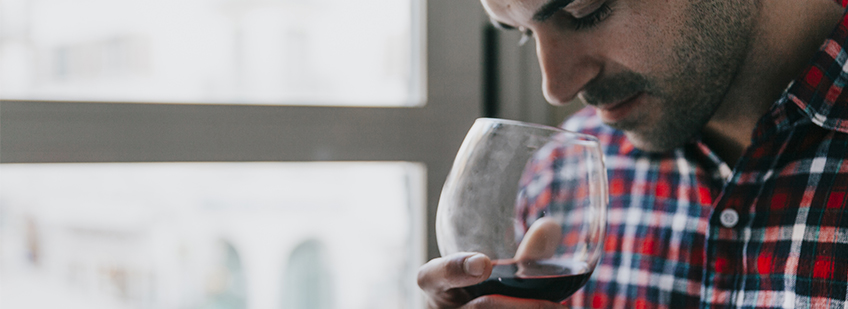
Universal odour detection…
… using surface plasmon resonance
Odours are detectible volatile molecules. "They can be attached to a synthetic receptor and analysed for presence then attributed a numerical value. This is possible thanks to surface plasmonic resonance (SPR). SPR uses a pump to draw odorous molecules into a chamber. In the chamber, a prism with biosensors on its surface mimics olfactory receptors. Molecules attach to these receptors in a unique pattern for each odour," Tristan demonstrates.
The pattern is invisible to the naked eye at this point. It is amplified by light using mirrors. The light passes through the prism surface and is reflected at a right angle by the molecules attached to the receptors. "This reflection is detected by a camera and allows us to obtain a unique bar code for every smell so we can compare them in our database," adds Tristan.
"Our device, NeOse Pro, carries out low-definition analyses to recognise a precise odour, for example, for controlling raw materials. This can be used for routine checking. A device can be placed in a vat or at production output," he says. "For high-definition analyses, samples with calibrated odour volumes are necessary for finer odour detection.”
Digitisation in companies: the olfactory division
"Being an expert “nose” is difficult. Digital olfaction provides a complementary tool by providing objective data. It is a new activity that will certainly develop in the food sector," says Tristan. This is already the case in some large companies, and Aryballe’s goal is to help food businesses develop their own digital olfactory divisions. Future factories could use sensors embedded in production machines to follow every step of the process. “For example, why not design a feedback system that would independently stop an oven when sensory conditions of the product are optimal?” he concludes, imagining possible applications for this innovative technology.
Keywords
Odour, olfaction, aroma, sensory properties, digital, sensor, food, innovation, technology
|
Go further...To find out more about NeOse or Aryballe's expertise, contact Elodie da Silva: elodie.dasilva@vitagora.com
A food engineer from the French city of Toulouse, Elodie leads the "Innovation & Ecosystem" team of Vitagora in providing support for agrifood business innovation goals, with enthusiasm, professionalism and confidentiality. |




 Home
Home

